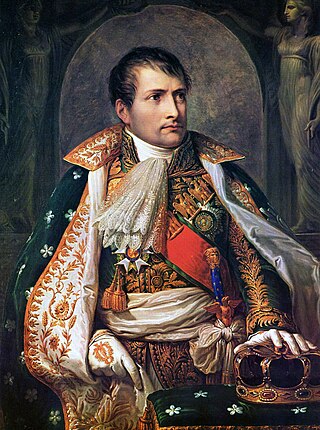
The First Cabinet of Napoleon I was appointed by the Emperor Napoleon I upon the establishment of the First French Empire on 18 May 1804, replacing the Cabinet of the Consulate. It was succeeded by the French Provisional Government of 1814 following the downfall of Napoleon and the abolition of the Empire.
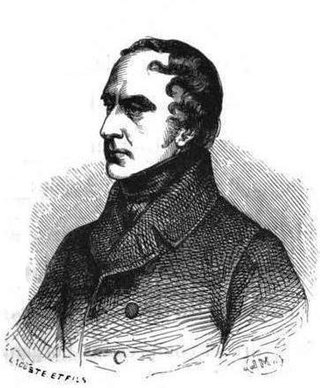
The Cabinet of François-Pierre Guizot was the last ministry of King Louis Philippe I of France, formed by decree of 19 September 1847. It replaced the Third cabinet of Nicolas Jean-de-Dieu Soult. It was dissolved when the Provisional Government was formed on 24 February 1848 after the February Revolution.
The Paris Municipal Commission Ministry of 1830 was proclaimed by the Paris Municipal Commission on 31 July 1830, after the revolution in which the Bourbon Restoration monarchy was deposed. One day later, it was replaced by a provisional government named by Louis Philippe I of Orléans.
The French Provisional Ministry of 1830 was announced on 1 August 1830 by Louis-Philippe d'Orléans in his capacity as Lieutenant General of the kingdom. It replaced the Paris Municipal Commission Ministry announced the day before after the revolution in which the Bourbon Restoration monarchy was deposed. On 11 August 1830 it was replaced by the First ministry of Louis-Philippe.

The Cabinet of Jacques Laffitte was announced on 2 November 1830 by King Louis Philippe I. It replaced the First ministry of Louis-Philippe. On 13 March 1831 it was replaced by the Cabinet of Casimir Périer.
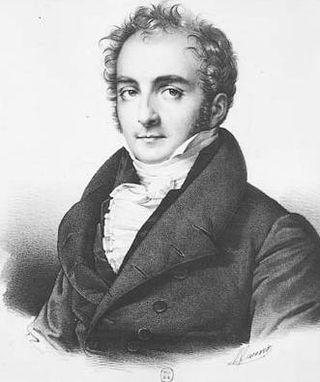
The Cabinet of Casimir Périer was announced on 13 March 1831 by King Louis Philippe I. It replaced the Cabinet of Jacques Laffitte. Perier died of cholera on 16 May 1832. Louis-Philippe acted as president of the council until 11 October 1832, when the cabinet was replaced by the first cabinet of Nicolas Jean-de-Dieu Soult.
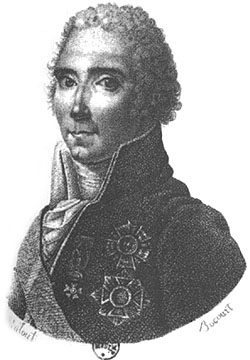
The Cabinet of Hugues-Bernard Maret was announced on 10 November 1834 by King Louis Philippe I. It replaced the Cabinet of Étienne Maurice, comte Gérard.
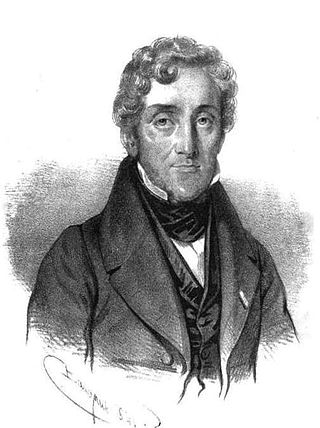
The First cabinet of Louis Mathieu Molé was announced on 6 September 1836 by King Louis Philippe I. It replaced the First cabinet of Adolphe Thiers.

The Second cabinet of Louis Mathieu Molé was announced on 15 April 1837 by King Louis Philippe I. It replaced the First cabinet of Louis Mathieu Molé.

Jean Lacave-Laplagne was a French magistrate and politician.
The Transitional French cabinet of 1839 was announced on 31 March 1839 by King Louis Philippe I. It replaced the Second cabinet of Louis Mathieu Molé.

The Second cabinet of Adolphe Thiers was announced on 1 March 1840 by King Louis Philippe I. It replaced the Second cabinet of Nicolas Jean-de-Dieu Soult.

The Third cabinet of Nicolas Jean-de-Dieu Soult was announced on October 29, 1840 by King Louis Philippe I. It replaced the Second cabinet of Adolphe Thiers.

The Ministry of Casimir de Rochechouart de Mortemart was announced on 29 July 1830 by King Charles X of France during the last day of the Bourbon Restoration. Later that day the ministry was replaced by the Paris Municipal Commission.

The Ministry of Jules de Polignac was formed on 8 August 1829 in the last year of the reign of King Charles X of France. It was dissolved on 29 July 1830 during the July Revolution and replaced by the Ministry of Casimir de Rochechouart de Mortemart.

The Ministry of Charles-Maurice de Talleyrand-Périgord was formed on 9 July 1815 after the second Bourbon Restoration under King Louis XVIII of France. It replaced the French Provisional Government of 1815 that had been formed when Napoleon abdicated after the Battle of Waterloo. The cabinet was dissolved on 26 September 1815 and replaced by the First ministry of Armand-Emmanuel du Plessis de Richelieu.

The French Provisional Government of 1814 held office during the transitional period between the defeat of Napoleon followed by the surrender of Paris on 31 March 1814 and the appointment on 13 May 1814 of the Government of the first Bourbon restoration by King Louis XVIII of France.

The French Government of the Hundred Days was formed by Napoleon I upon his resumption of the Imperial throne on 20 March 1815, replacing the government of the first Bourbon restoration which had been formed by King Louis XVIII the previous year. Following the defeat of Napoleon at the Battle of Waterloo and his second abdication on 22 June 1815 the Executive Commission of 1815 was formed as a new government, declaring the Empire abolished for a second time on 26 June.

The French Provisional Government or French Executive Commission of 1815 replaced the French government of the Hundred Days that had been formed by Napoleon after his return from exile on Elba. It was formed on 22 June 1815 after the abdication of Napoleon following his defeat at the Battle of Waterloo.
Baron Auguste Jean Marie de Schonen was a French lawyer and politician. He was a deputy in the National Assembly, and played a leading role in the July Revolution of 1830. Later he became more conservative and was made a peer of France by King Louis Philippe.














